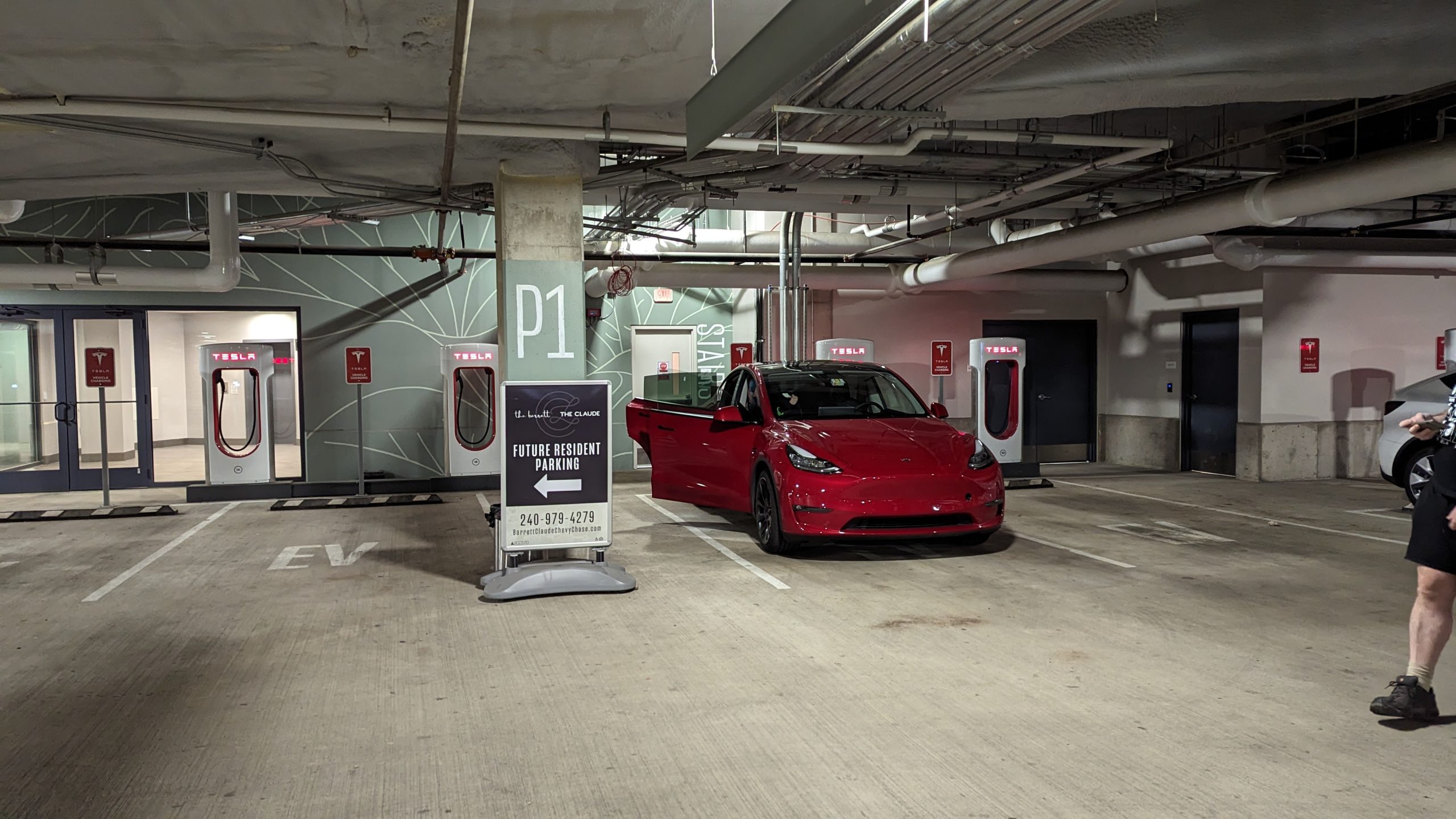There are many benefits to owning an electric vehicle (EV). Lower running costs, lower greenhouse gas emissions, improved fuel security, and cleaner air are some of the numerous reasons that people are making the switch to electric vehicles today.
How much can you save?
For an average driver, switching to an EV can save up to $1000 a year in running costs when compared to an Internal combustion engine (ICE) vehicle. This is due to EVs requiring less maintenance than ICE vehicles overall. These savings are higher with rideshare and taxi services where on average commercial drivers can drive over 50,000 km per year and can see savings of up to $7,500 a year.
What about servicing?
The cost of servicing an EV is also reduced. Things like spark plugs, oil and belts no longer need to be replaced as they are no longer in the vehicle at all. Teslas use conditional-based servicing (CBS), which is unlike the traditional interval servicing of many vehicles. CBS is where your car tells you when it needs attention. Tesla does this using sensors and advanced algorithms to monitor and calculate the conditions in which a vehicle is used. This includes mileage, time elapsed since its last service, and how often the vehicle is driven. Based on the information collected, maintenance requirements are identified and it is determined whether the vehicle needs to be serviced.
Australia currently relies heavily on international imports of liquid fuels. In February 2021, ExxonMobil announced it would shut down the Altona refinery in Victoria, bringing Australia’s total operating refineries down to just two. In March 2021, the Suez Canal was obstructed for six days after a ship travelling through it ran aground, preventing over 350 vessels from passing through. These events caused the volume of liquid fuels imported to Australia to drastically reduce, leading to huge price hikes due to a lack of supply. The Australian road transport industry uses 54% of all liquid fuels imported into the country. Replacing all passenger vehicles in Australia to an EV could reduce the amount of fuel imported by up to 33%.
Transport emissions dilemma
The transport sector made up 22% of total CO2 emissions within Australia in 2022. Passenger cars and light commercial vehicles alone contributed to over 10% of Australia’s total emissions. Australia is one of the only advanced economies without a Fuel Efficiency Standard. The National Electric Vehicle Strategy states that ‘Introducing a Fuel Efficiency Standard will encourage car manufacturers to supply more EVs to the Australian market.’ This will provide a larger variety of EVs to choose from and will also improve wait times for purchasing a new EV model. It will also bring the prices of EVs down, with the increase of EVs available on second-hand markets, and over time improve the overall fuel efficiency of the Australian fleet.
EVs don’t produce harmful fumes
All vehicles on the road produce pollutants through road, brake and tyre wear. As passenger cars make up the largest proportion of vehicle movements, particularly with increased urban sprawl within Australia, there is an increase in vehicles used for personal transport and thus an increase in nitrogen oxides (NOx) and volatile organic compounds (VOCs). These pollutants contribute both locally and regionally to reduced air quality; particularly in the formation of secondary particulate matter 2.5 and photochemical smog. Furthermore, over 11,000 premature adult deaths each year are associated with long-term exposure to ICE vehicle pollution every year. These emissions cause further issues for people living with chronic respiratory or cardiovascular issues like asthma. Over 66,000 active asthma cases are attributed to road pollution. Fortunately, EVs do not produce these harmful particulates and fumes. Increasing the number of EVs on the road will significantly reduce these emissions, making the air cleaner to breathe and helping alleviate those living with chronic health conditions.




